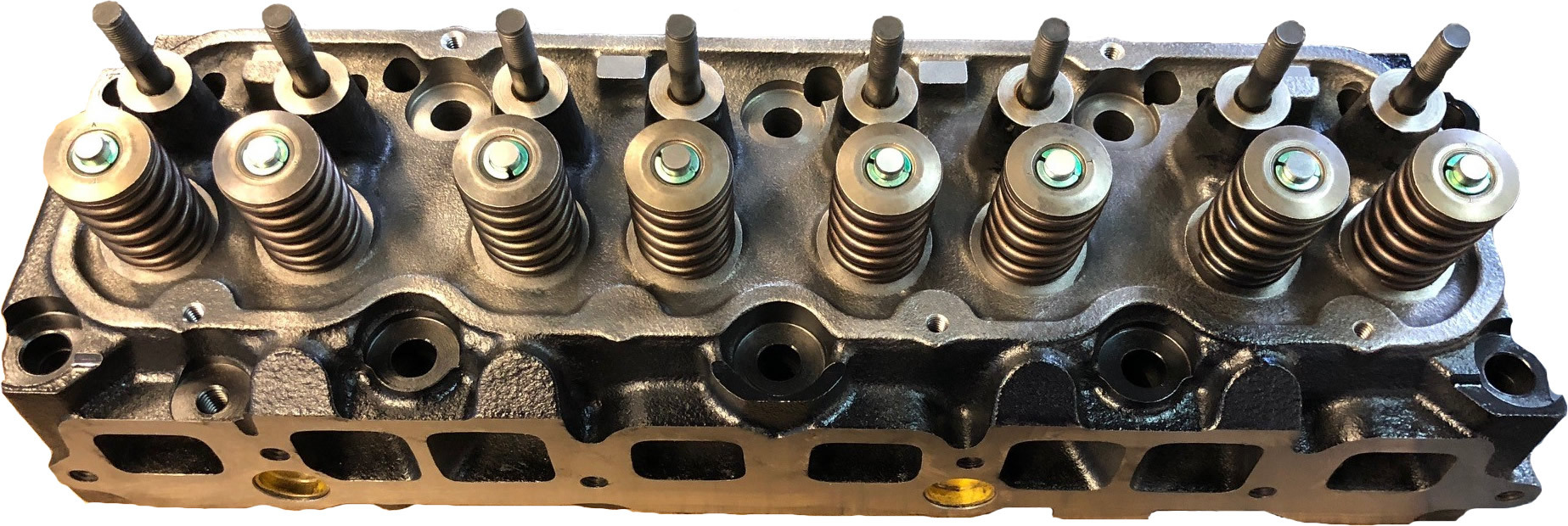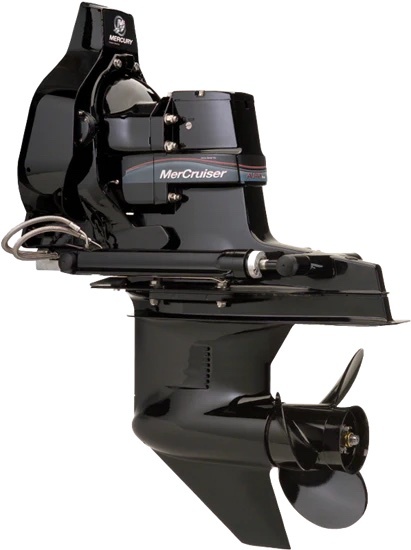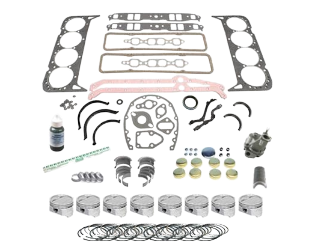Understanding Marine Exhaust Systems: Function and Replacement Intervals
Posted by Tim Pereira on 11th Jan 2024
Marine exhaust systems play a crucial role in the proper functioning of marine engines, ensuring the efficient expulsion of combustion byproducts and preventing potential damage to the vessel and harm to the environment. In this article, we will delve into the functions of marine exhaust systems and discuss the recommended intervals for their replacement.
Function of Marine Exhaust Systems:
The primary function of a marine exhaust system is to safely expel the hot gases produced during the combustion process in a marine engine. This includes removing carbon monoxide, hydrocarbons, and other harmful substances generated during fuel combustion. A well-designed and properly maintained exhaust system ensures the safe discharge of these gases overboard, preventing them from accumulating in the vessel's enclosed spaces.
Components of a Marine Exhaust System:
- Exhaust Manifold: The exhaust manifold collects exhaust gases from the engine's cylinders and directs them to the rest of the exhaust system.
- Risers and Elbows: Risers and elbows are designed to lift the exhaust gases from the manifold and direct them out of the vessel. They also help prevent seawater from entering the engine through the exhaust system.
- Mufflers and Silencers: Mufflers and silencers are used to reduce noise produced by the exhaust gases. They also play a role in minimizing backpressure on the engine.
- Cooling Components: Some marine exhaust systems incorporate cooling mechanisms to lower the temperature of the exhaust gases before they are released into the water.
Replacement Intervals:
The lifespan of a marine exhaust system can vary depending on several factors, including the type of system, the materials used in its construction, and the operating conditions. However, as a general guideline, boat owners should consider inspecting and potentially replacing their marine exhaust systems every 5 to 7 years or sooner if any signs of wear or damage are detected.
Signs that indicate the need for exhaust system replacement include:
- Corrosion: Visible signs of corrosion on the exhaust components, such as rust or pitting, can compromise the structural integrity of the system.
- Leakage: Any visible leaks or signs of water entering the exhaust system should be addressed promptly, as they can lead to engine damage and decreased performance.
- Excessive Smoke: If the vessel is producing more smoke than usual, it may indicate a problem with the exhaust system, requiring inspection and potential replacement.
- Reduced Engine Performance: A decrease in engine power or efficiency may be linked to issues within the exhaust system, warranting a closer examination.
- Unusual Noises: Strange noises during engine operation, such as rattling or hissing, may be indicative of problems within the exhaust system.
Marine exhaust systems are critical components for the safe and efficient operation of marine engines. Regular inspections, adherence to maintenance schedules, and prompt replacement when necessary are essential practices for boat owners to ensure the longevity and reliability of their vessels. By understanding the functions of each component and being vigilant for signs of wear or damage, boat owners can contribute to a safer and more enjoyable boating experience.
Marine Engines 4 Less is here to help. Our experts understand marine engine exhaust for Mercruiser, Volvo Penta, Crusader, and many other applications. View our full selection of exhaust components here or call one of our friendly team members for assistance 888-364-4537







